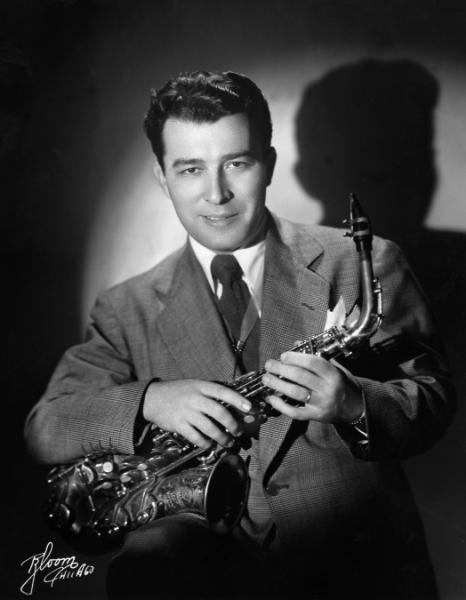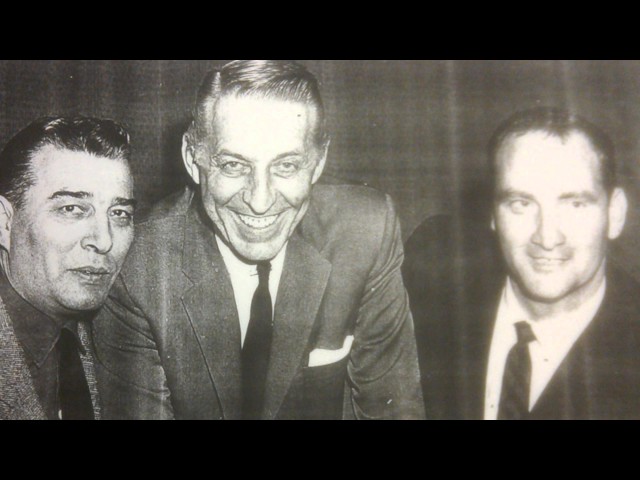Boots Mussulli: saxophonist, clarinetist, composer, bandleader, teacher
Henry “Boots” Mussulli: born Nov. 18, 1915 In Milford, MA; died Sept. 23, 1967 in Norfolk, MA
Boots Mussulli was a world-class jazz player, and over the years he worked with Mal Hallett, Teddy Powell, Vido Musso, Charlie Ventura, Gene Krupa, Herb Pomeroy, and most significantly, the Stan Kenton Orchestra. But Boots Mussulli’s greatest musical accomplishment didn’t happen in an international jazz club or in a New York recording studio. Mussulli orchestrated his musical miracle right in his hometown of Milford, Mass. The Milford Area Youth Orchestra, founded by Mussulli and band manager Leo Curran in the mid-1960s, stands as one of the most remarkable achievements in New England jazz history.
Mussulli and Curran’s dream of a local orchestra of youngsters ages 10-18 performing difficult, complicated jazz arrangements came true, thanks to their hard work and Mussulli’s creative approach to scoring the music with challenging parts for the older, more accomplished players and easier ones for the less-experienced members of the orchestra. Practically all in the greater Milford community thought well of the enterprise, but few could anticipate the musical level the youngsters would achieve.
The skeptics were plentiful as the orchestra prepared for its appearance at the Boston Globe Jazz Festival in January 1967. Globe jazz writer Ernie Santosuosso, who had heard an orchestra concert earlier in the year, put his reputation on the line by recommending the Youth Orchestra for a spot in the prestigious Boston event. People just couldn’t believe it. They said, “Come on! Young kids in the same venue as Duke Ellington and Thad Jones?”
By the time the smoke had cleared, Mussulli and his kids had shown the world what dedicated musical mentoring can do. Santosuosso was thanked by all, and Newport festival producer George Wein immediately stepped up to announce that he would be inviting the orchestra to his event in July.
The Milford Area Youth Orchestra did, indeed, play Newport that year, opening the Saturday evening session before an audience of nearly 10,000. “[The orchestra] played a recent Basie number, Benny Goodman and Artie Shaw, a blues, a Kentonish avant-garde number, and played them almost as well as any current big band,” Whitney Balliett wrote in The New Yorker magazine. “The soloists were nearly as good. Best of all were the passages in which the brass section, 18 strong, opened up. It was glory materialized.”
—Brent Banulis

Boots Mussulli (Photo courtesy of the Institute of Jazz Studies at Rutgers University)

